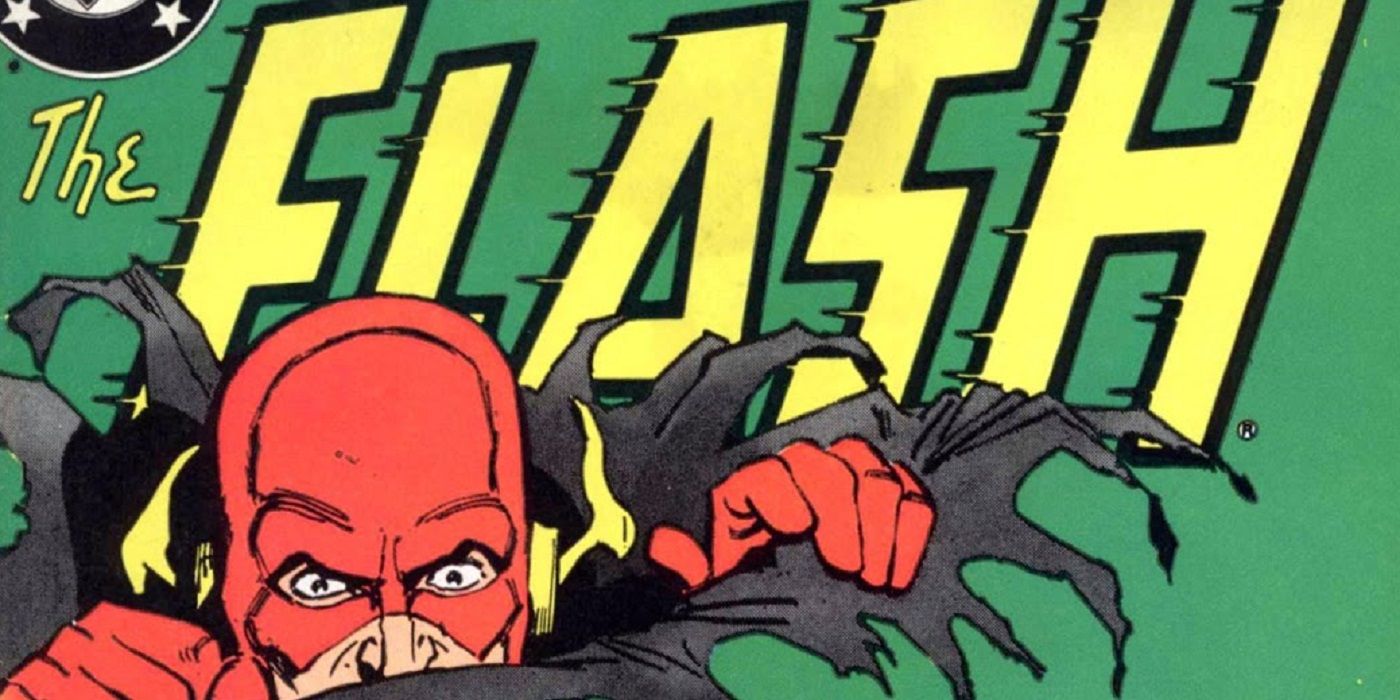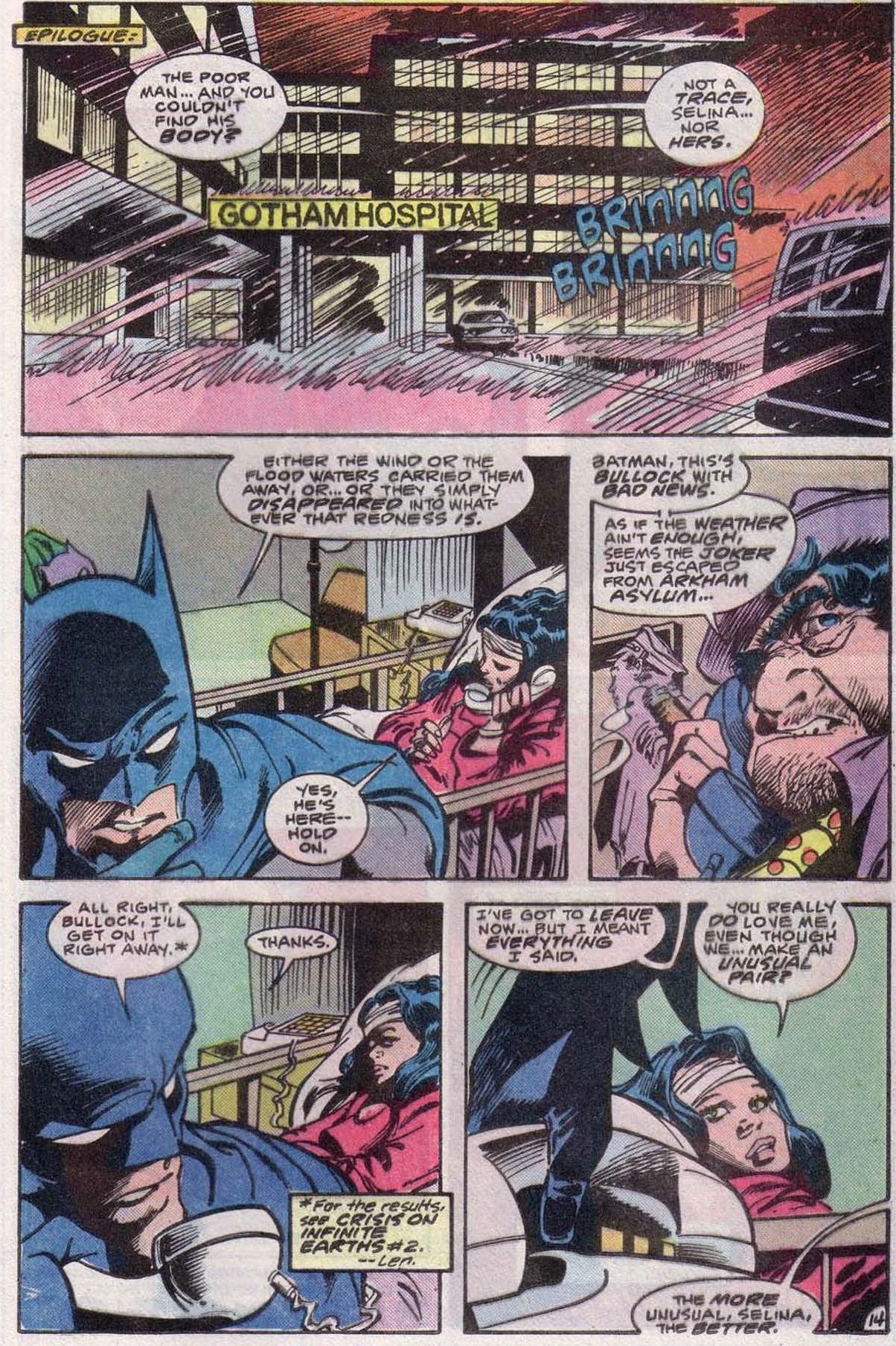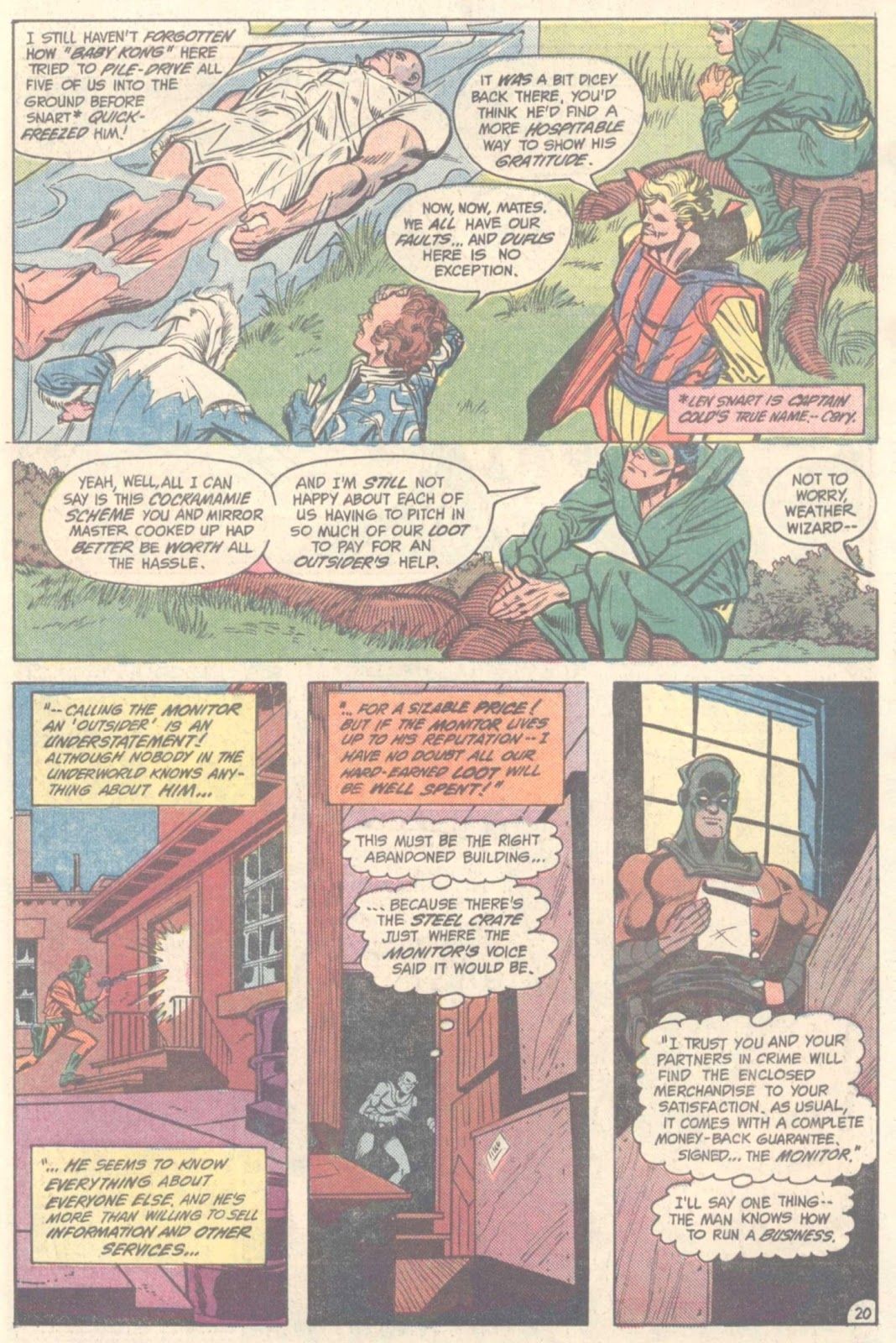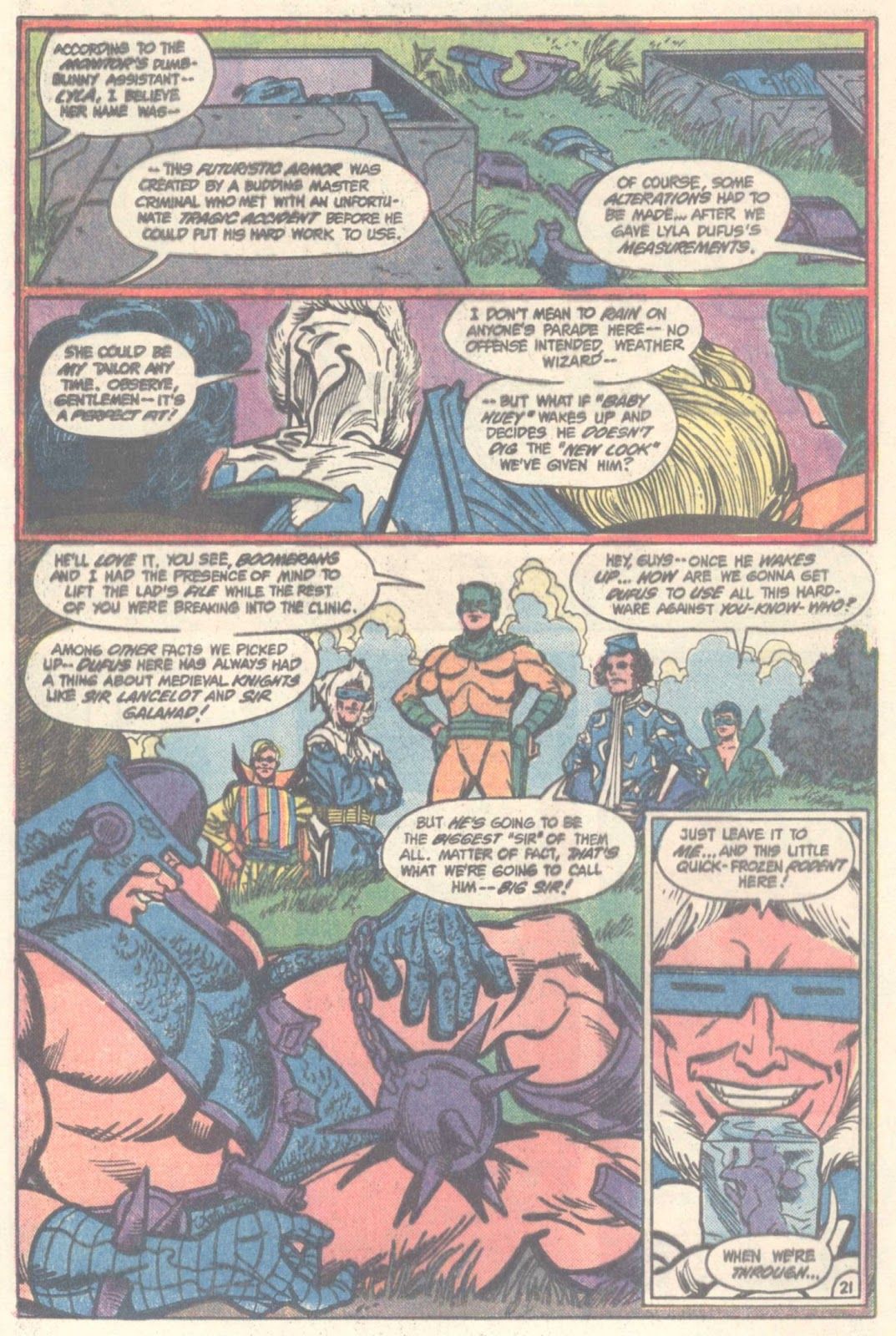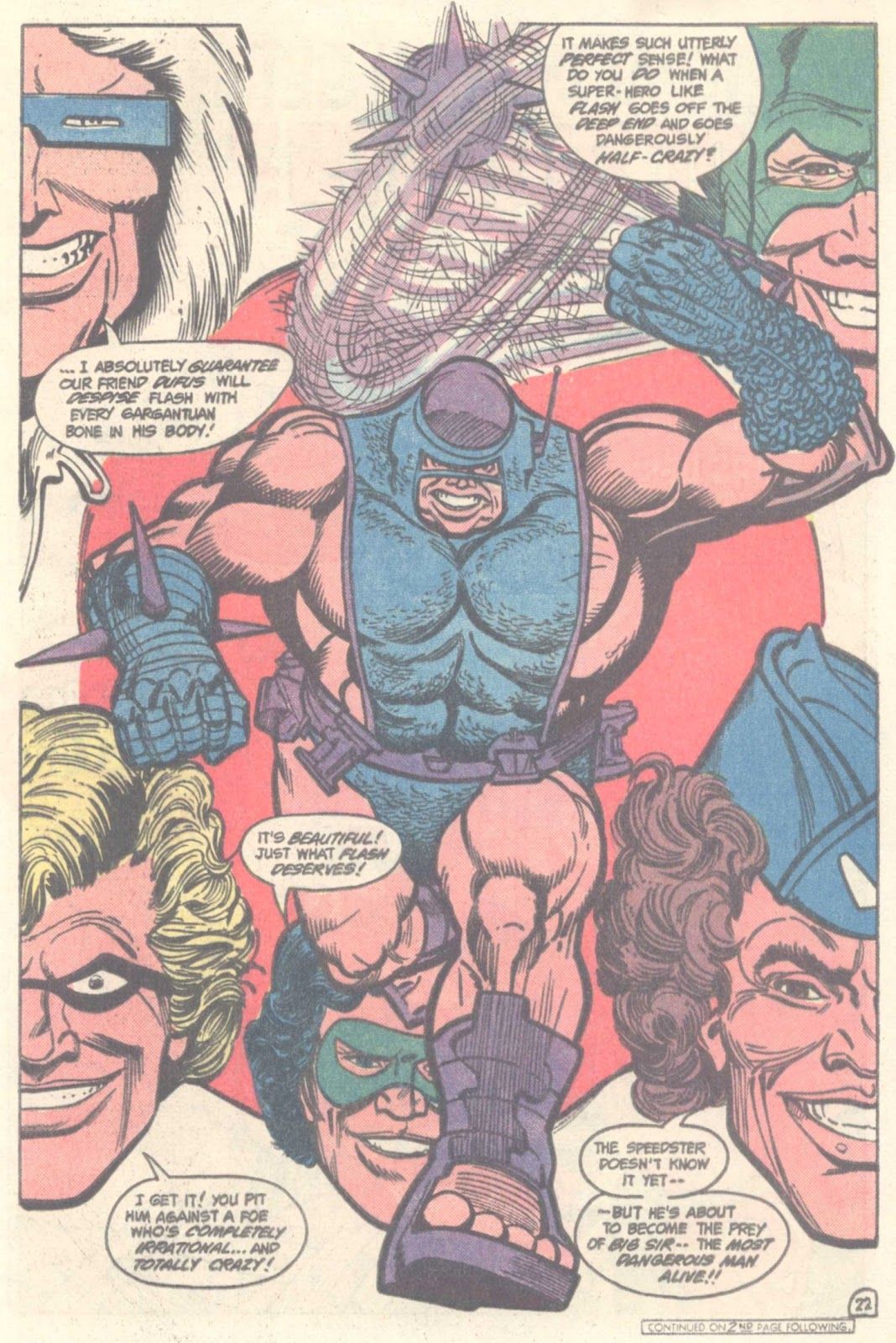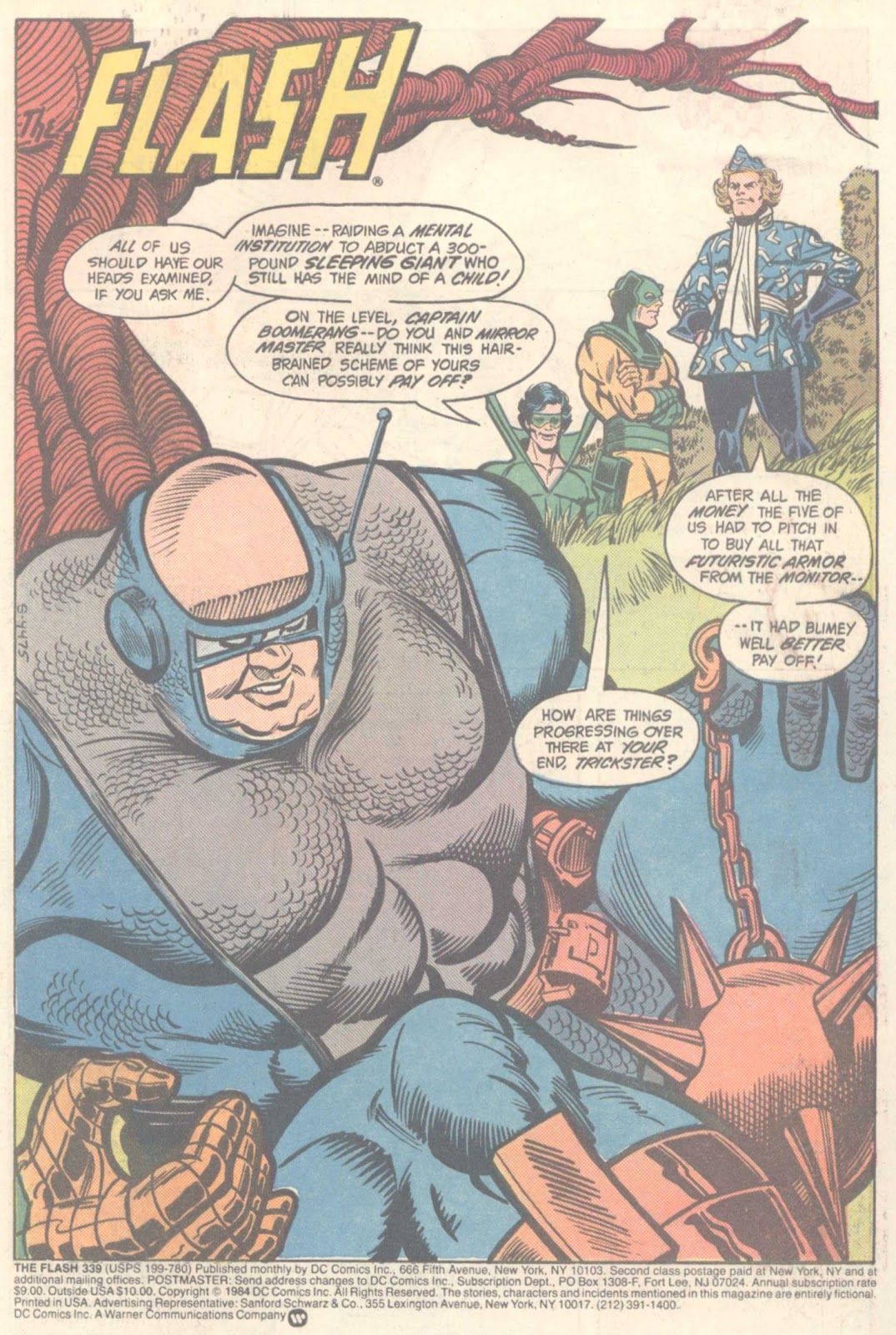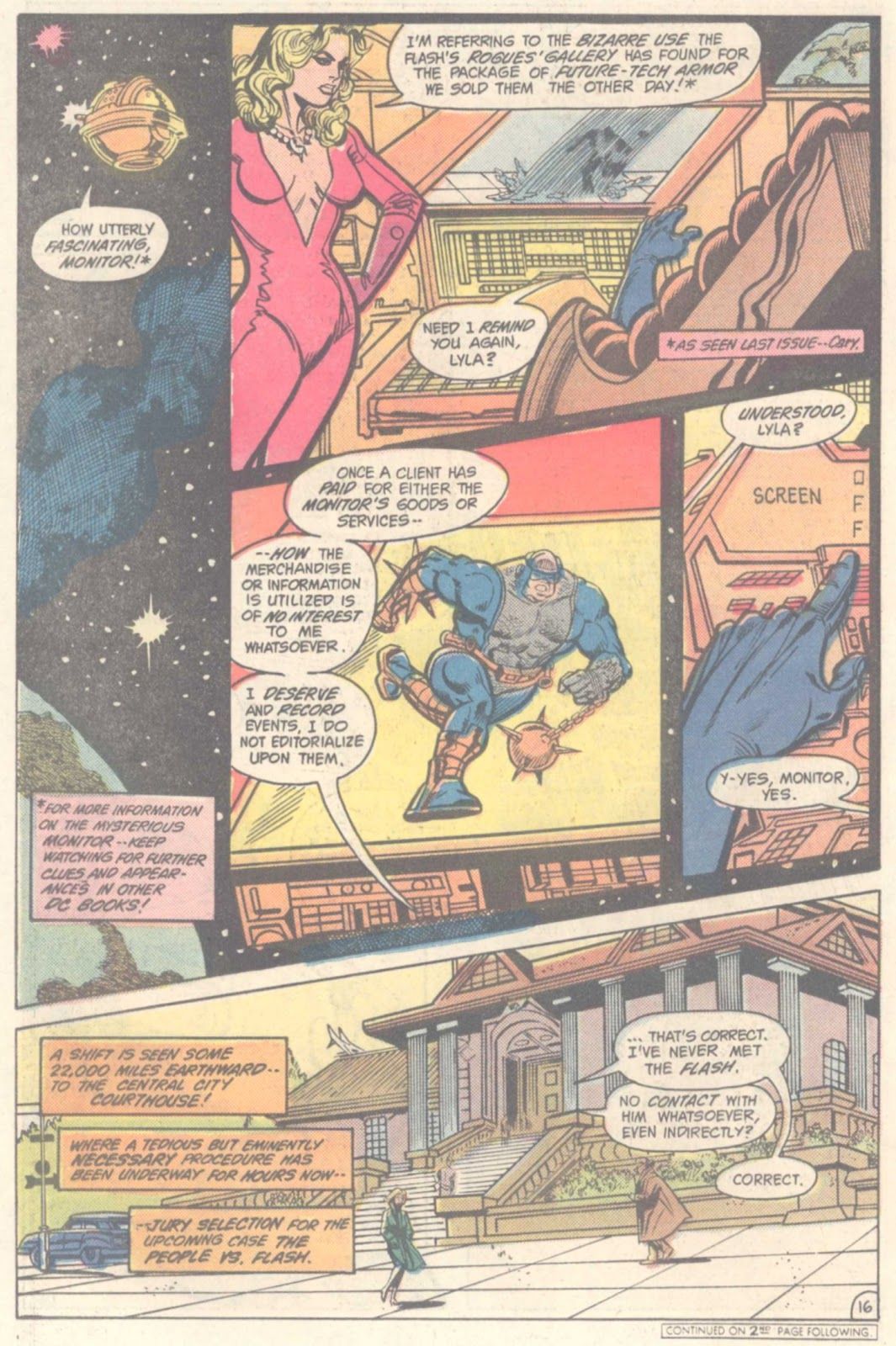In Meta-Messages, I explore the context behind (using reader danjack's term) "meta-messages." A meta-message is where a comic book creator comments on/references the work of another comic book/comic book creator (or sometimes even themselves) in their comic. Each time around, I'll give you the context behind one such "meta-message." This time around, we look at a writer having a bit of fun with an enforced Crisis on Infinite Earths crossover, months before Crisis on Infinite Earths actually began.
Crisis on Infinite Earths had one of the longest set-ups in major comic book crossover history. It was initially announced to come out in 1982, but was not released until 1985. Along the way, a number of aspects of the story changed until it became the event that we now know and love. A fascinating side effect of the crossover, though, was that it was the first example at DC Comics of editorial getting more involved in the day to day interactions of comic book series. DC Comics typically had fairly lax continuity with the various titles. Each title was sort of like a kingdom unto themselves. People would sometimes cross over, but it was almost always a case where the two titles shared an editor or the two titles shared a writer. Otherwise, people mostly kept to themselves. That was all changed with Crisis on Infinite Earths, which was the first comic book crossover that worked its plot into every comic book in the DC Universe (every Marvel Comic had a scene where the heroes left for Secret Wars and a scene the following issue when they returned, but it was not until Secret Wars II that they really did the same type of integrative storytelling that has become common in the decades since).
Crisis on Infinite Earths was famous for how every DC Comic, whether it was really tied into the overall crossover, had to pay slight homage to the event in their titles once the series began to show the effects of the Crisis, which was namely that the weather was being affected and that the skies were turning red.
From Marv Wolfman in a memo, "It can be as small a connection as having some manner of natural catastrophe occurring in your book…. Your hero/es solve the problem on the way to their regular story. The first physical reaction on Earth to events in the Crisis is natural disasters and their aftereffects. Even mentioning about unexplained disasters occurring is a tie-in of sorts.
One last note: Because of the structure of The Crisis, I am going to ask that the skies in our books be colored red … starting with the August books on sale. I haven’t asked yet, but this letter is formal notification. If you don’t [otherwise cross over], you can have your characters note the reddish hue. Here’s hoping for company-wide cooperation."
Here's an example, from Detective Comics #558...
Here's the thing, though, that was far from the first memo on Crisis and the previous one was kind of hilarious in retrospect, and it was referenced as such in an issue of Flash during the famous "Trial of Flash" storyline by Cary Bates and Carmine Infantino...
Page 2: [valnet-url-page page=2 paginated=0 text='You%20Did%20Not%20Say%20HOW%20We%20Had%20to%20Tie-In']
In a memo in early 1984, editors of each DC title was informed by Managing Editor Dick Giordano that, "Because this series involves the entire DC Universe we do ask that each Editor and writer cooperate with the project by using a character called The Monitor in their books twice during the next year." Giordano followed that up with another memo noting, "The need to include the Monitor in your plans is not optional but absolutely required for all designated titles." Hilariously, a few months later, the plans for Monitor had changed and so the other editors were told, "after you use the Monitor twice, please do not use him again. He'll be gone by next summer"
Cary Bates edited himself on Flash, so when he had to have the Monitor tie into two issue of Flash in the middle of his ongoing "Trial of the Flash" story, he used those two issues to have Flash's Rogues manipulate a mentally-challenged giant named Dufus (yes, seriously) and outfitted him with armor that they bought from the Monitor (for a while there, the Monitor was sort of a "guy who could get you things" - that obviously soon changed)...
In the next issue, they dub Dufus "Big Sir," or "B.S." for short, likely again noting Bates' dissatisfaction with interrupting his long story for this side event...
Later in the issue, we actually see the Monitor and his aide, Harbinger, checking out the events and we see the Monitor note that this was an unusual way for them to use his services, but he won't editorialize on their decisions (emphasis mine)...
Funny stuff.
Of course, the Flash was then actually KILLED in Crisis, so it is reasonable that Bates wouldn't be a fan of that story.
Thanks so much to Greg Elias for recommending this one to me! He did some annotations of the issues here.

